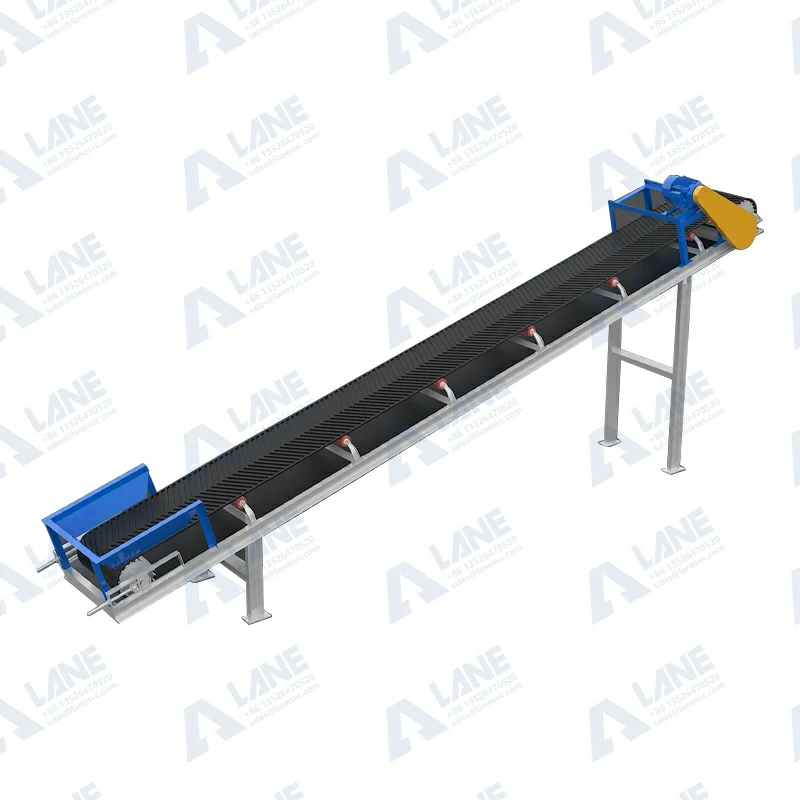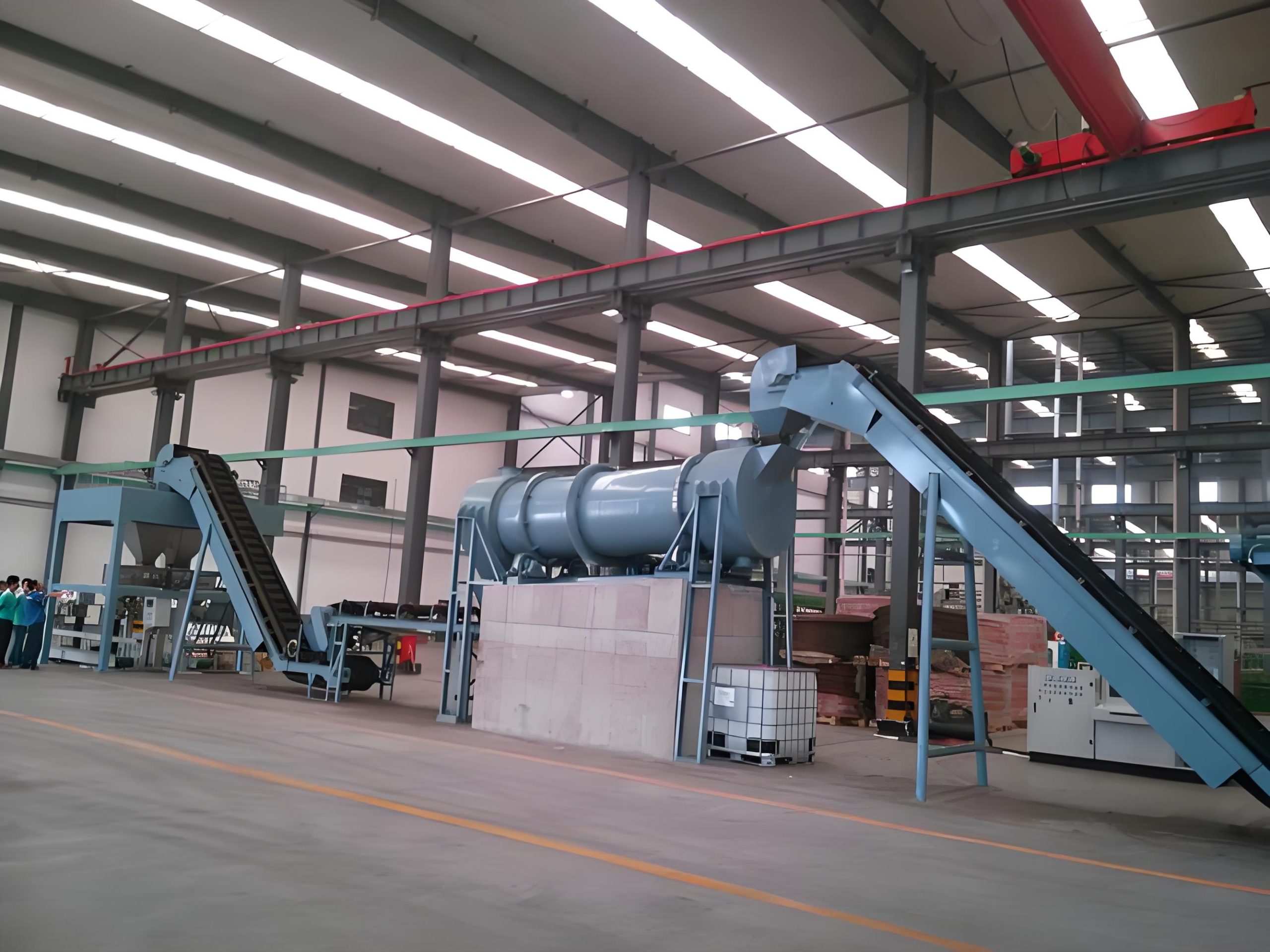
Belt conveyor is an efficient and low-energy equipment that transports materials through infinite motion fixed on a circular conveyor belt. It is widely used in multiple industries and is an indispensable transportation tool for achieving automated batch production of fertilizer production lines.
The working principle of a belt conveyor is to drive the conveyor belt through a driving device, and use the friction between the conveyor belt and the material to transport the material. A belt conveyor is a device that transports materials through infinite motion fixed on a circular conveyor belt. Its working principle involves the collaborative work of multiple components to ensure that materials can be efficiently and continuously transported from one end to the other. The following is a detailed analysis of the working principle of a belt conveyor:
The function of the driving device
Power transmission: The driving device usually consists of a motor, hydraulic coupling, reducer, and coupling. The motor provides the original power, which is transmitted to the drive drum through components such as reducers and couplings.
Friction between drum and conveyor belt: The driving drum is the main component for transmitting power. When the driving drum rotates, the frictional force generated between it and the conveyor belt drives the conveyor belt to move. The magnitude of this frictional force depends on the surface material of the drum and the material of the conveyor belt.
The function of the tensioning device
Provide tension: The tensioning device provides appropriate tension to the conveyor belt to ensure smooth operation on the drum. Appropriate tension can prevent the conveyor belt from slipping or falling off.
Adjust transportation status: According to different transportation needs, the tensioning device can adjust the tension of the conveyor belt to adapt to the transportation of materials with different weights and characteristics.
The Importance of Roller Components
Supporting conveyor belt: The roller assembly supports the conveyor belt and the materials on it, reducing the sagging of the conveyor belt and keeping it running smoothly.
Reduce operating resistance: Due to the installation of rolling bearings inside the rollers, the friction between the rollers and the conveyor belt becomes rolling friction, greatly reducing operating resistance and energy consumption.
The function of the cleaner
Prevent material accumulation: The cleaner is used to remove materials adhered to the conveyor belt, prevent material accumulation, and keep the conveyor belt clean. This helps to improve conveying efficiency and reduce equipment wear.
Avoid deviation: The head cleaner also helps prevent conveyor belt deviation caused by uneven material adhesion.
The movement mode of materials
Material feeding: The material is fed from the feeding end and falls onto the moving conveyor belt. The feeding end is usually equipped with a guide groove to ensure that the material can be evenly distributed on the conveyor belt.
Material transportation: With the movement of the conveyor belt, the material moves synchronously with the conveyor belt under the action of friction until it reaches the discharge end. The unloading end is usually equipped with specific unloading devices, such as plow unloaders, to facilitate the unloading of materials from the conveyor belt.
For more information, please contact us by sending an inquiry today! We can help you!

World-class and Energy-saving Operation, Factory Price & Fast Delivery.